Last Updated on June 20, 2024 by Michelle
Our move to NH has officially come full circle. And I’ve officially discovered a new jewel.
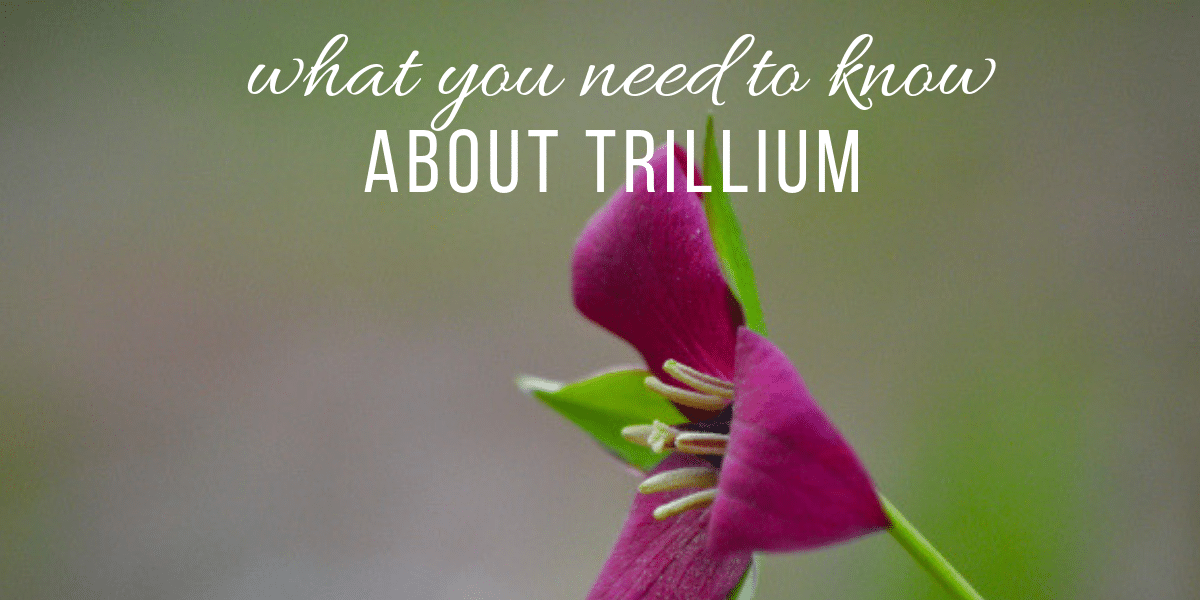
As a flower I’d never know before awakens in our woods, another circle closes.
You see, one year ago today marks the end of an almost 6-year process that led our family from suburbia to our humble New England homestead.
Taking the dirt road
One year ago today we became NH residents. We’re still learning our way around the state. We’re even still learning our way around our rocky, forested 14 acres. And we’re still learning our way around the New England dialect. Just last week I couldn’t decipher where someone lived–“at the end of the t-ah road.” (A phrase that is extra confusing for this southerner who has always used the phrase “blacktop” to refer to roads that were made of tar.)
But I’m thankful for the simpler, quieter life… the life that, indeed, often takes a turn onto a dirt road.
Discovering new flowers
Last summer, down back roads and up winding trails, I met a joyful plethora of new wildflowers.
Having always been intrigued by botany, I felt like a giddy child introduced to new forms of sugar as I discovered unfamiliar wild flowers on every mountain hike.
Although I grew up in the same time zone where we now life, I was 2 plant zones away. (If you’re curious what plant zone you live in, check out this great interactive gardening zone map.) So we added entries to Our Backyard Book often.
Keeping a Backyard Book
As my daughters have grown over the past 15 years of homeschooling, with my youngest now being 12, we still have a few staples that we love having randomly pop up in our days–taking school to the sand for impromptu beach days, baking instead of math once in a while, and adding to Our Backyard Book when the occasion rises.
Go here if you’d like to know more about this treasured book and how easy it is to create an heirloom that will forever be one of the most valuable books in our home. (Shhhhh… Never mind that my daughters were learning tons as they excitedly assembled it over the years.)
Many new botany pages have been added about New England wild flowers, but one flower never made it in last summer or fall, because we hadn’t yet seen the bloom.
We had been intrigued by the plant’s 3 large blankets of leaves that seemed to be one with the stem, providing a green, growing canopy for leaves and ladybugs.
The canopy was topped with bright red berries.
But somehow we were too busy unpacking boxes, painting, turning over and planting a garden, and refinishing our wide-planked pine floorboards to notice this intriguing plant before its flower’s ovaries swelled into berries and tossed its vibrant petals aside. I had not seen its green sepals symmetrically surrounding its vibrant burgundy bloom.
Until today. The 365th day of living on this land and walking these woods.
I still almost missed it.
But once noticed, the sweet trillium–or “Wake-Robin”–can’t be ignored.
And it can’t help but have its own Backyard Page. We used this helpful site to help us identify the wildflower then did a search for additional information.
How it got it’s name
We learned that a few rare Wake-Robins do grow in our native state, but since there are less than 20 known populations of them, we had never seen one before.
Here in our woods, the beautiful flowers abound.
The plant earns its name “Wake-Robin” by analogy with the Robin, with its red breast, because both act as heralds of spring. Unlike the Robin, the flower requires a scent to attract pollinators.
Since the Wake-Robin is pollinated by flies, well, it’s safe to say it doesn’t smell like roses.
Why you might not want it in a bouquet
The trillium flower emits the smell of rotting meat. Thankfully, it’s not an odor one will notice, unless they have their nose to the ground.
Yet there’s even more reason to NOT forage this flower…
Why you might not want to pick trillium at all
Many varieties of trillium are considered endangered and are illegal to forage in many states.
To learn about some flowers in your backyard with your own children, feel free to print and use this blank ID page.
Now I’m going to spend the rest of today–the anniversary of the day this 215-year-old homestead became our own–reveling in God’s goodness, planting my family one year ago today where we are deeply rooted in signs of his love and discovering beautiful new ones every day.
“Consider how the wild flowers grow. They do not labor or spin. Yet I tell you, not even Solomon in all his splendor was dressed like one of these. If that is how God clothes the grass of the field, which is here today, and tomorrow is thrown into the fire, how much more will he clothe you!” Luke 12:27
Pin this for later!
Click on the image below to pin this post.
Find out why SoulyRested was considered to be one of the Top 20 Must-Read Homesteading Blogs of 2018 and then one of the Top Homesteading Blogs of 2019 as well.
Glance at my Resource Page if you’d like to get a glimpse of other supplies I use for maple syrup making (as well as gardening, homeschooling, homesteading topics, nature journaling, and more).
Many readers often ask what camera I use to take the images you find here on SoulyRested. I love my Nikon; you can read more about my camera and even purchase your own here.
I’d love to connect!
To find me in some other neck of the woods, just click any (or every!) icon below:
And please follow along!
Please take a second to follow along here on SoulyRested to catch up on a few of my memorable mishaps, discover fascinating things about my centuries-old farmhouse, glean a little parenting/homeschooling insight from this momma who’s been failing at the effort for almost 2 decades, or enjoy the inside scoop on the secrets other legit homesteaders might not tell you.
And have you tried my a-MAAHZ-ing Maple Sugar Cookie recipe that’s in my Resource Library? You won’t find this deliciousness anywhere else… until Sweet Maple is in print this fall.


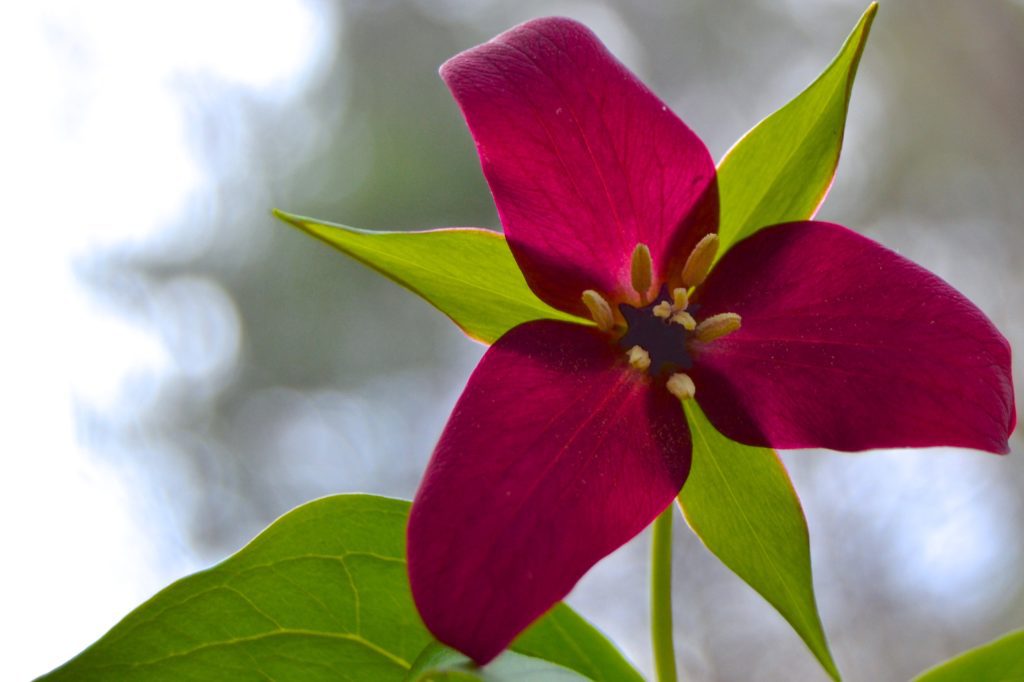
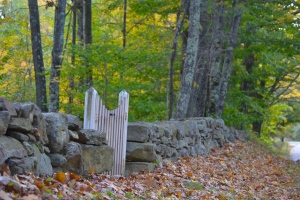
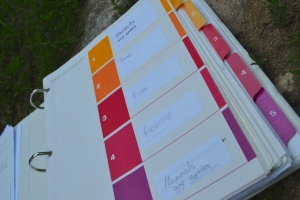

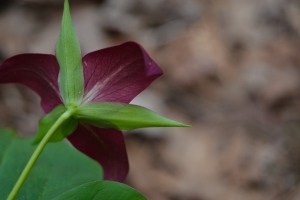

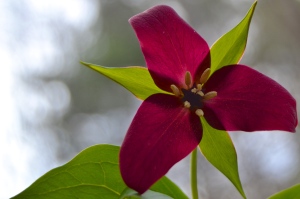
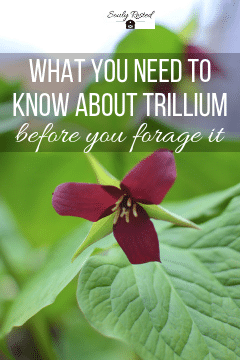




Your “souly rested” blog is always a blessing to me. This one especially hit home because, as a child, I was often with my dad and brother (both deceased) in the New Hampshire woods near Pittsfield. Around Mother’s Day, we were looking especially for the delicate pink and white deliciously sweet-smelling trailing arbutus or “Mayflowers,” as we called them. My grandmother and mother would wait at home with my little sister for us to appear with the small bouquets we joyfully brought to them. It meant that we been on our hands and knees in the rich woodsy soil covered with leaves and winter’s debris. But as we searched, we uncovered those little blossoms, enjoying every minute of discovery and togetherness. Now this sensory experience is a memory, because one can no longer search for and pick these beauties which, along with the elegant Lady Slipper, are on the endangered species list. But at my age of 80 years, memories like this are priceless. They continually remind me of God’s goodness to me in so many ways through all these swiftly passing years! They. also bring the challenge of living these years for the glory of God and the good of His church/His bride.
Then there are the history-laden stone walls…
What a beautiful memory! We do need to hold on to such treasures, which is one reason I love to write. Even at a somewhat young age of 45, I too see the swiftly fleeting character of our years. Thank you for sharing!